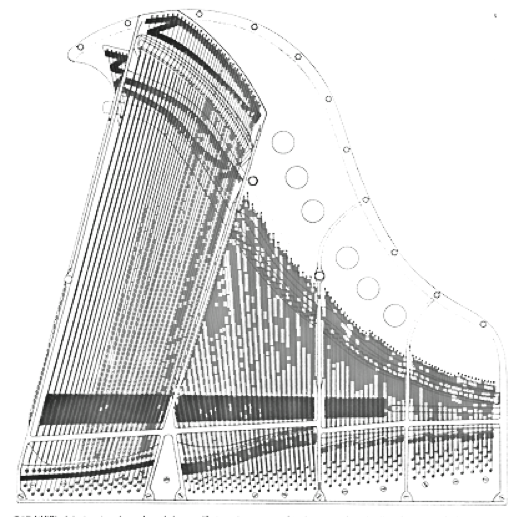Exor (1986)
the title is a respelling of the abbreviation XOR (exclusive or) which is often used in computer programming. The term is used to describe a logical comparative operation which ”flips” each of the bits in a binary number (1 becomes 0 and vice versa). This operation can, for example, be used to invert binary numbers. Inversion as a technique is also the central means developing the basic material in Exor. The piece falls into two parts. The first is represented by monophony and a very simple rhythmic character, consisting primarily of sixteenth notes. The second section is represented by simulated polyphony - parallel, asynchronous monophony - and a more plastic and complex rhythmic structure. The concluding section of the piece is actually a transformation (from part two back to the material of part one) as well as a return to and development of part one. All of the tonal material in the piece has been generated from just a few modal ”kernels” which, through various types of transformation and treatment, are spread around a central tone and slowly develop variations of the basic pattern. I visualised a simple polished crystal that, as it rotated slowly about its different axis, continually reflected and refracted light in new ways. This image, in which light plays an important role, led me to use wave shapes to ”modulate” the primary material. To describe all of these patterns, modes, transformations, wave shapes and frequencies is hardly appropriate in a program note. It is sufficient to have mentioned their existence. In the end, one can go no further than to say that the movements of the waves are the light, the modes are the crystal, treatments refract the light, inversion changes direction, all or nothing, either or, Exor.
Exor was commissioned by the Committee for Artistic Development Gothenburg Univerity in 1986 and was composed for Kristine Scholz




























